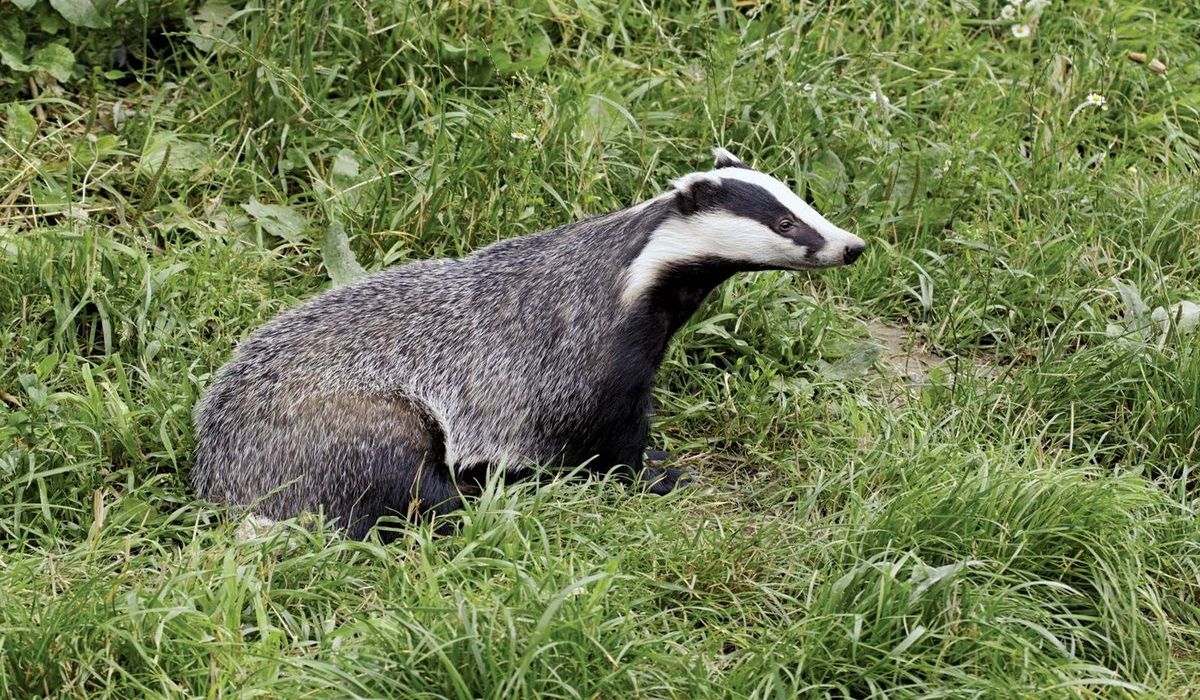
Badgers are fascinating creatures that often go unnoticed in the wild. Did you know badgers are part of the Mustelidae family, which includes otters, weasels, and wolverines? These burrowing mammals are known for their distinctive black and white striped faces and their impressive digging skills. Found in various parts of the world, badgers play a crucial role in their ecosystems by controlling insect and rodent populations. They live in complex underground homes called setts, which can have multiple chambers and entrances. Despite their small size, badgers are incredibly strong and can fend off much larger predators. Ready to learn more about these intriguing animals? Let's dig into 25 amazing facts about badgers!
Badgers: Nature's Little Diggers
Badgers are fascinating creatures known for their digging prowess and distinctive black-and-white striped faces. These nocturnal mammals have a lot more going on than meets the eye. Here are some intriguing facts about badgers that might surprise you.
-
Badgers belong to the Mustelidae family, which also includes otters, weasels, and ferrets.
-
They are found in various parts of the world, including North America, Europe, and Asia.
-
The European badger, also known as Meles meles, is the most well-known species.
-
Badgers are omnivores, meaning they eat both plants and animals. Their diet includes earthworms, insects, small mammals, fruits, and roots.
-
They have powerful claws and strong limbs, making them excellent diggers. Their burrows, called setts, can be quite extensive.
Badger Behavior and Social Structure
Badgers are known for their unique behaviors and social structures. They live in groups called clans, which can consist of several adults and their offspring.
-
A single sett can house multiple generations of badgers, with some setts being used for over 100 years.
-
Badgers are nocturnal, meaning they are most active at night. This helps them avoid predators and human activity.
-
They communicate using a variety of sounds, including growls, barks, and purrs.
-
Badgers mark their territory with scent glands located near their tails. This helps them keep other badgers away from their setts.
-
They are known to be quite clean animals, often creating separate latrine areas away from their living quarters.
Badgers in Culture and Mythology
Badgers have been featured in various cultures and mythologies throughout history. They often symbolize perseverance and determination.
-
In Native American folklore, badgers are seen as protectors and are associated with the earth.
-
In Japanese culture, the badger, or "tanuki," is a shape-shifting creature known for its mischievous behavior.
-
The badger is the state animal of Wisconsin, USA, earning the state the nickname "The Badger State."
-
In British folklore, badgers are often depicted as wise and noble creatures.
-
The famous children's book "The Wind in the Willows" features a character named Badger, who is known for his wisdom and strength.
Conservation and Threats
Badgers face various threats in the wild, including habitat loss and hunting. Conservation efforts are crucial to ensure their survival.
-
Habitat destruction due to urbanization and agriculture is a significant threat to badger populations.
-
Badgers are often hunted for their fur and meat in some parts of the world.
-
Road traffic poses a considerable risk, with many badgers being killed by vehicles each year.
-
In the UK, badgers are protected by law, making it illegal to harm or disturb them.
-
Conservation organizations work to protect badger habitats and raise awareness about their importance in the ecosystem.
Fun and Lesser-Known Facts
Badgers have some quirky and lesser-known traits that make them even more interesting.
-
They have a keen sense of smell, which they use to locate food and navigate their environment.
-
Badgers can run up to 19 miles per hour when threatened.
-
They have a unique way of dealing with bee stings. Badgers will roll in the dirt to remove the stingers and soothe the pain.
-
Despite their fierce reputation, badgers are generally shy and prefer to avoid confrontation.
-
Badgers play a crucial role in their ecosystems by controlling insect populations and aerating the soil through their digging activities.
Badgers: Nature's Fascinating Engineers
Badgers are more than just cute, burrowing creatures. These nocturnal mammals are skilled diggers, creating complex underground homes called setts. They live in social groups, often with family members, and communicate using a variety of sounds and scents. Badgers play a crucial role in their ecosystems by controlling insect populations and helping to aerate the soil.
Despite their tough appearance, badgers face threats from habitat loss, road accidents, and hunting. Conservation efforts are essential to ensure their survival. Learning about these remarkable animals helps us appreciate their importance and the need to protect them.
Next time you see a badger, remember these incredible facts. They’re not just animals; they’re vital parts of our natural world. So, let’s do our part to keep them safe and thriving.
Was this page helpful?
Our commitment to delivering trustworthy and engaging content is at the heart of what we do. Each fact on our site is contributed by real users like you, bringing a wealth of diverse insights and information. To ensure the highest standards of accuracy and reliability, our dedicated editors meticulously review each submission. This process guarantees that the facts we share are not only fascinating but also credible. Trust in our commitment to quality and authenticity as you explore and learn with us.
